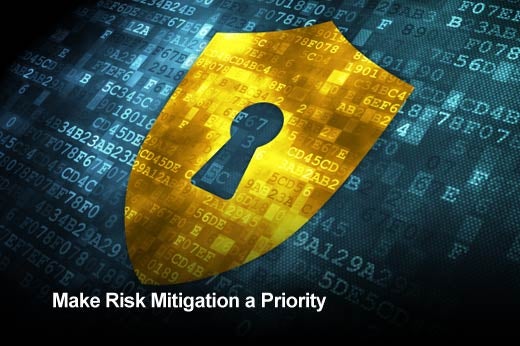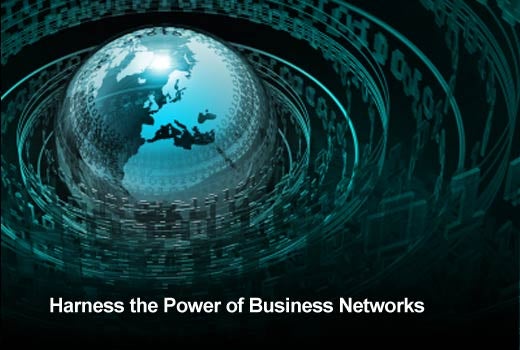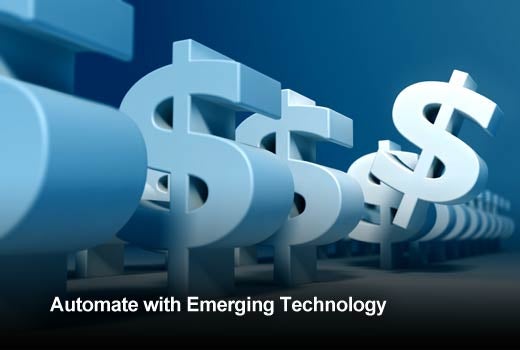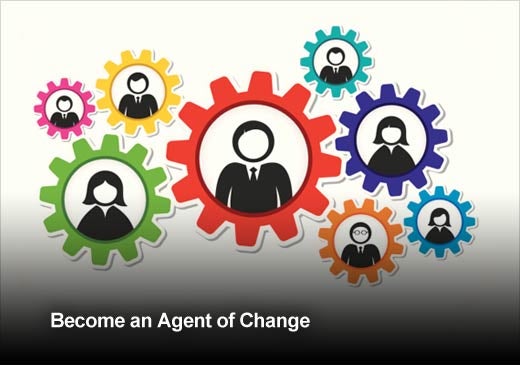It’s time to come clean: The B2B payments process is broken. From shopping to socializing, nearly every aspect of our lives has been digitized, mobilized and automated. Yet, when it comes to the world of business, antiquated methods of payment continue to be the norm. More than 60 percent of payments between businesses in the U.S. are still made using checks.
For buyers, that means lots of paper and inefficiencies that cost their companies billions each year. For sellers, it means little visibility into when they will actually be paid and what they are being paid for – making it difficult to effectively manage cash and reconcile payments. It’s a vexing problem on both sides of the equation.
But the move is on to solve this problem. By automating the billing and settlement process and digitizing the “pay” in procure-to-pay, companies can effectively change the game, and IT can lead the charge. In this slideshow, Drew Hofler, director, Solutions Marketing for SAP Cloud & Network Solutions, explains how to go about doing this.

Automating B2B Billing
Click through to see how automated billing can simplify and improve payment processing for businesses, as identified by Drew Hofler, director, Solutions Marketing for SAP Cloud & Network Solutions.

Make Risk Mitigation a Priority
As attacks on corporate payment systems continue, the risk around maintaining vendor bank account information has gone from a smoldering issue to a blazing one. To mitigate your exposure, look for innovative payment methods that use non-sensitive proxy numbers that prevent hackers from doing anything with numbers should they somehow gain access to the data.

Outsource
Payments are a necessary part of commerce. But managing them requires capturing, storing and managing sensitive information, complying with complex regulatory requirements and validating the identities of those seeking to be paid. Rather than taking this on, outsource the payment process to organizations that specialize in it.

Harness the Power of Business Networks
Social networks have made it easier than ever for us to shop, share and consume. Amazon, for instance, offers the world’s largest and most convenient network for personal shopping. Everything you need to manage your life is in these networks – there’s no need to leave them to make things happen. When shopping on Amazon, you don’t worry about connecting to each individual merchant. When it comes time to pay, you don’t worry about integrating into each individual bank or credit card company. It’s all done for you within the network. Business networks can fuel the same consumer-like experience, creating a payment ecosystem that connects companies to their suppliers, banks and other partners and enables them to exchange and settle funds in the simplest possible way. Tap into them.

Automate with Emerging Technology
Electronic payments have been slow to take hold in the United States, primarily because paper checks – though opaque, slow and prone to fraud – provide all the information needed to effectively reconcile payments. But new forms of payment that electronically deliver rich remittance data before payments reach a bank are fast emerging. Just as Apple Pay is attempting to eliminate payment risk for consumers, services like SAP’s AribaPay are looking to do the same for businesses. Delivered via the Ariba® Network, the service coordinates the ordering, billing and settlement processes between buyers and sellers and integrates with a global payments infrastructure, providing a secure and accurate way for businesses to exchange payments electronically.

Become an Agent of Change
Emerging payment technologies are certainly disruptive. But disruption fuels innovation. And innovation drives advantage. Companies who ditch their manual ways in favor of automated solutions will see less paper. They will suffer less risk and put less effort into managing bank account information and related data. They will uncover and resolve disputes faster, monitor on-going payments better and lower their processing costs and fraud risk. And transform their business in the process.














